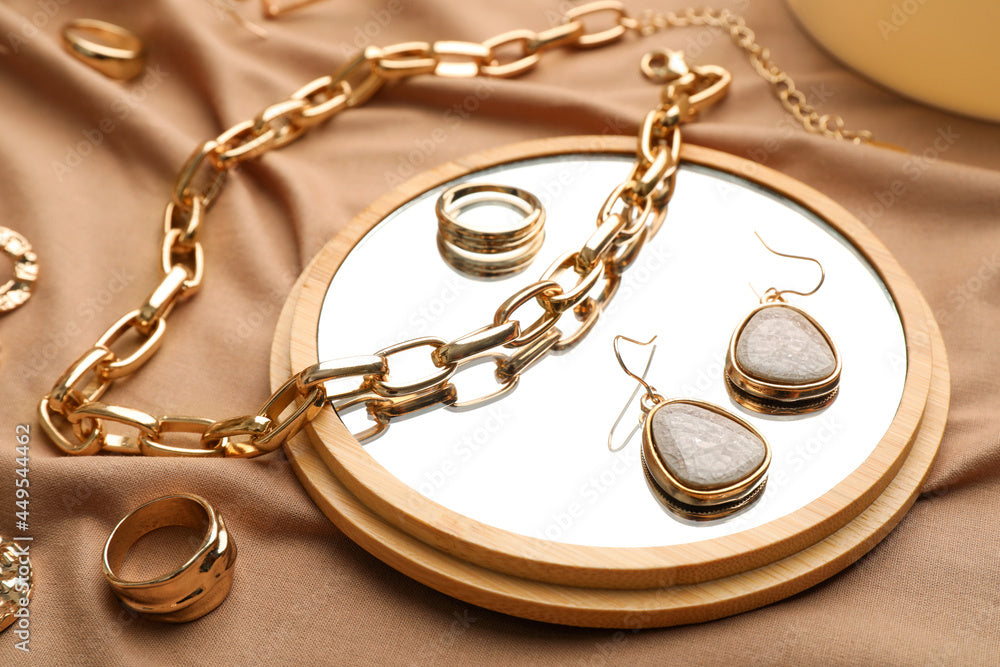
Blog about Jewellery and trends through the Years
Share
When discussing "eras of jewelry," we're generally referring to periods in history that saw distinct and recognizable styles of jewelry design. Here's a breakdown of some of the most prominent eras:
* Georgian Era (1714–1837):
* Characterized by handcrafted, often delicate pieces.
* Popular motifs included floral designs, bows, and ribbons.
* Gemstones were often set in silver or gold.
* Victorian Era (1837–1901):
* Named after Queen Victoria, this era saw significant changes in jewelry design.
* It's often divided into three periods: Romantic, Grand, and Aesthetic.
* Motifs ranged from sentimental hearts and flowers to more somber mourning jewelry.
* The discovery of new gemstones and advancements in metalworking influenced designs.
* Edwardian Era (1901–1915):
* Known for its elegant and refined style.
* Platinum became popular, allowing for delicate and intricate designs.
* Lace-like patterns and diamond-set pieces were common.
* Art Nouveau (1890–1910):
* Characterized by flowing, organic lines and nature-inspired motifs.
* Enamel work and the use of unusual gemstones were prominent.
* Designs often featured women with flowing hair and nature themes.
* Art Deco Era (1920–1935):
* A bold and geometric style, reflecting the modern age.
* Symmetrical designs, strong lines, and contrasting colors were typical.
* Materials like platinum, diamonds, and colored gemstones were used.
* Retro Era (1935–1950):
* Characterized by bold, large-scale designs.
* Rose gold and yellow gold were popular.
* Designs often featured floral and ribbon motifs.
* Mid-Century Modern Era (1950-1960's):
* This era reflected the modernistic design of the time. Simple clean lines, and abstract shapes were popular.
Understanding these eras can help you appreciate the history and artistry of jewelry.
